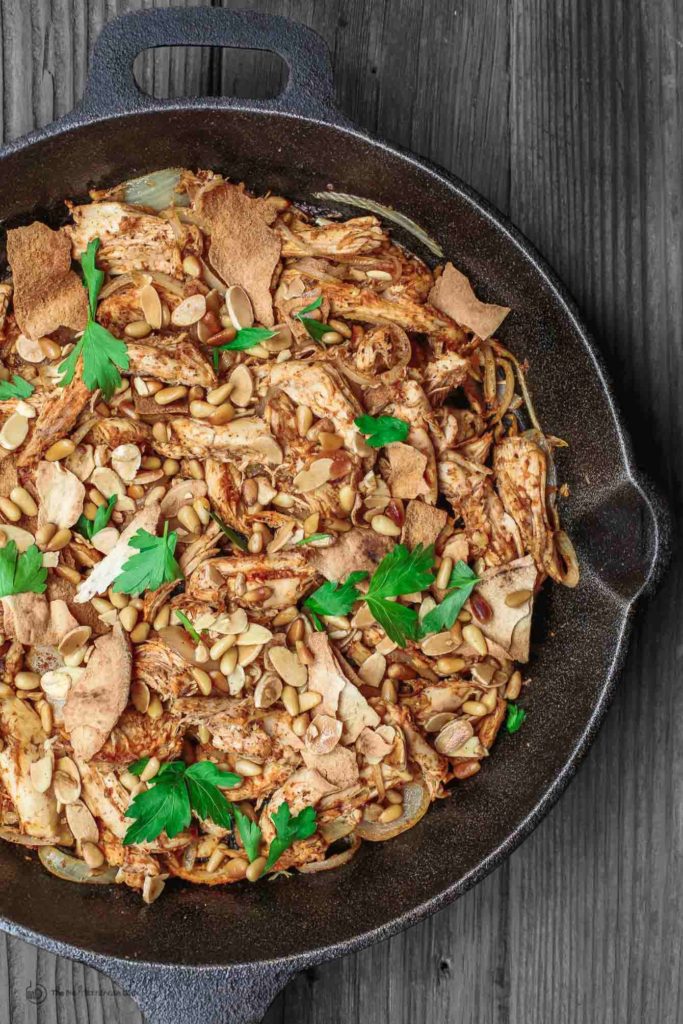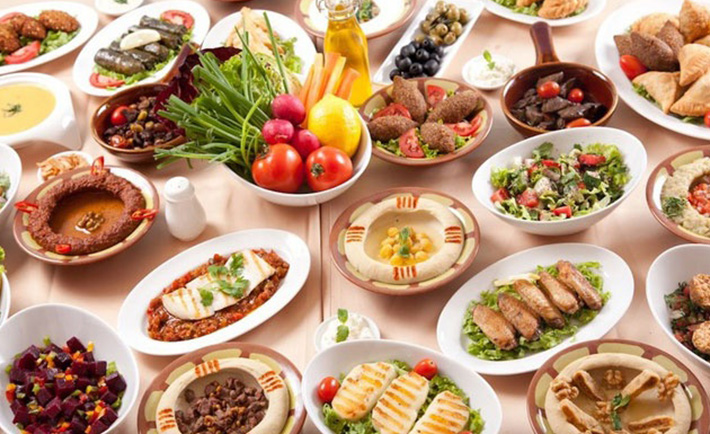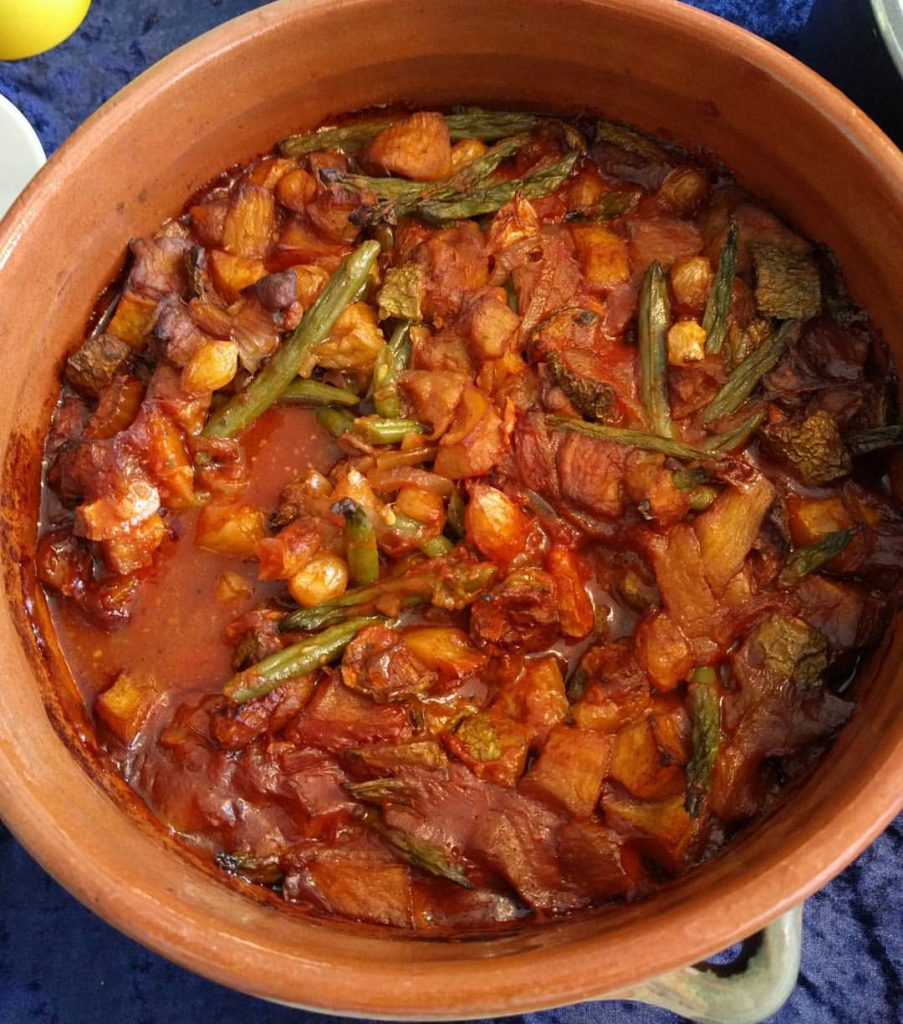By Muhammed Aladdin
Ramadan is here, and besides all the spirituality, bonding, and positivity, there is an underlying crisis that we always ignore; food wastage. Well, Arabs are known for their generosity, but when it comes to the holy month of Ramadan, we are almost certain to manifest this trait in an unhealthy manner that damages our environment.
According to EcoMENA, nearly half of the municipal solid waste stream in the Middle East is comprised of food wastes. That is millions upon millions of different foods dumped into our trash cans, and it only gets worse. In Ramadan, these numbers reach astronomical proportions, even though Islam tells us to maintain sustainable behavior.
With our planet suffering, and with billions suffering from famine, the Arab world needs to be more environmentally and humanely conscious, otherwise, we will lose it all.
Here are some of the ways you could help change this dreary reality.
Make negresco pasta out of your leftover spaghetti

Negresco pasta is one of the most beloved dishes across the Arab world, and during the holy month, it is one of the most cooked. However, instead of cooking a brand new batch of spaghetti or fettuccine pasta, you might want to use the leftover spaghetti you boiled and never used. This way, it’s better for the environment.
Not familiar with negresco, check out this recipe here.
You could use leftover cooked potatoes and mix it with eggplants to make mesakaa

Via Egy Dish.
With 1.3 billion tonnes of food discarded each year, it is our responsibility as human beings to curb this behavior as much as possible. One way to do so would be not contributing to the food disposal and try to utilize whatever remains we have from Ramadan’s extravagant banquets.
For instance, instead of throwing away the practically-untouched cooked potatoes, you could try to use it with eggplants to make a tasty dish of mesakaa.
Leftover rice? How about some roz meamar?

One of the Egyptian kitchen staples, meamar rice, or rice with cream, has been around for ages. It started out as a simple, easy-to-make dish in rural Egypt, with farmers’ wives adding rice, milk, cream, meat, and spices in one pot, but as the days went by, it gained traction, becoming one of the most iconic Egyptian dishes with numerous varieties. There is even a sweet variety filled with sugar, dried fruits, and nuts.
Instead of throwing today’s rice, you could get creative with the many different types of meamar rice that you could make.
Use tahina to make a baba ghanoug dish for the next banquet

A dipping dish like no other, baba ghanoug, or as some might call it baba ‘ghanoush’, is one of the most underrated features of the Middle Eastern cuisine. The weirdly-delicious dish is smooth, smoky, and tastes out of this world.
One of the main ingredients of this magnificent dipping is tahina, which is called tahini outside Egypt. Instead of discarding the leftovers of tahina dishes, you could use them to make a baba ghanoug dish for the next day’s iftar.
When life gives you leftover lemons, well, you make lemonade juice, of course

Throwing leftover fruits is a stark food waste; instead of throwing them away, why not make juices and smoothies? Food waste is a huge problem in our region, and we should be part of the solution, not the problem.
A few loaves of extra Baladi bread would make excellent dried munchies in salad or fattah
The best fattahs are the ones with crunchy Baladi bread bits and pieces. So, why throw away one-day-old loaves of bread, when you can toast or dry them and make your fattahs special?
You can make torli with leftover vegetable tajines
Torli is an authentic Egyptian dish made of mixed cooked vegetables. It is made next to any type of meat, but it is highly preferable you cook it with chicken.
Food waste is driving our planet’s environmental decline, and frankly, we Arabs are one major contributor, especially in Ramadan. How many vegetable dishes do we make each iftar? Countless. And how many do we eat? A few, one or two, maybe.
Imagine going green and instead of
Craving some sambosaks? How about using that leftover sautéed vegetables?

Via Aleppo Kitchen.
In Ramadan, sambosak is one of the most popular appetizers of the Arab world. It is a triangular-shaped dough filled with various types of stuffing; the most delicious being sautéed vegetables.
Those unwanted pieces of chicken after today’s iftar can be the perfect additive to your yogurt fattah

Via The Mediterranean Dish.
Chicken fattah with yogurt is one of the more precious dishes in Egypt’s diverse cuisine. I believe it is a dish that we are not cooking enough, even though it is simple and delish.
One way of being environmentally-conscious and a foodie at the same time is by using uneaten chicken pieces as the main ingredient in your fattah.





